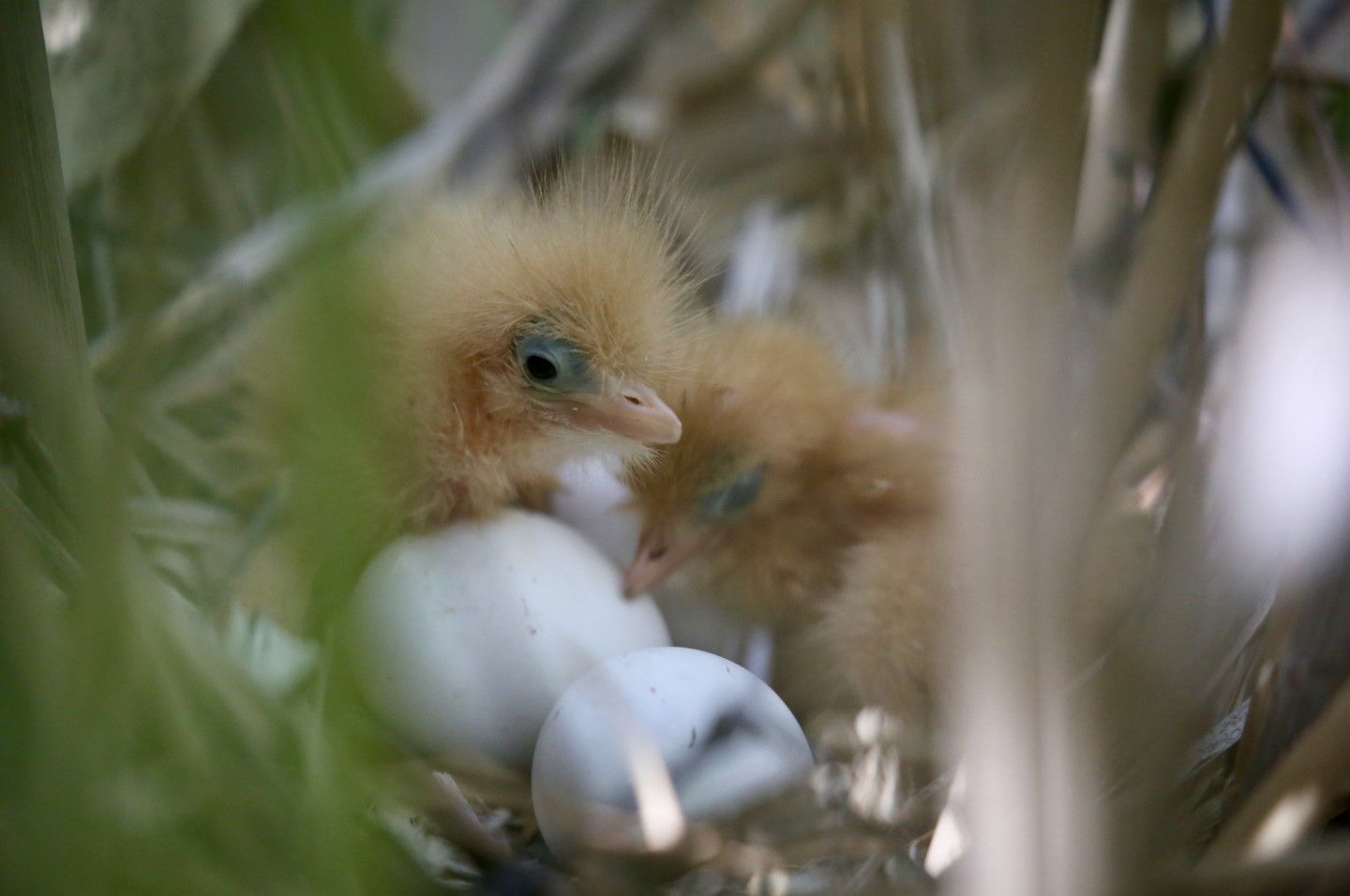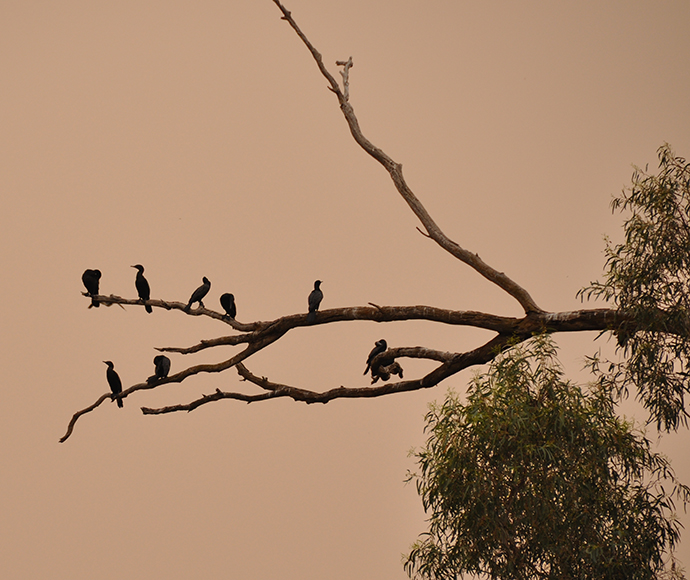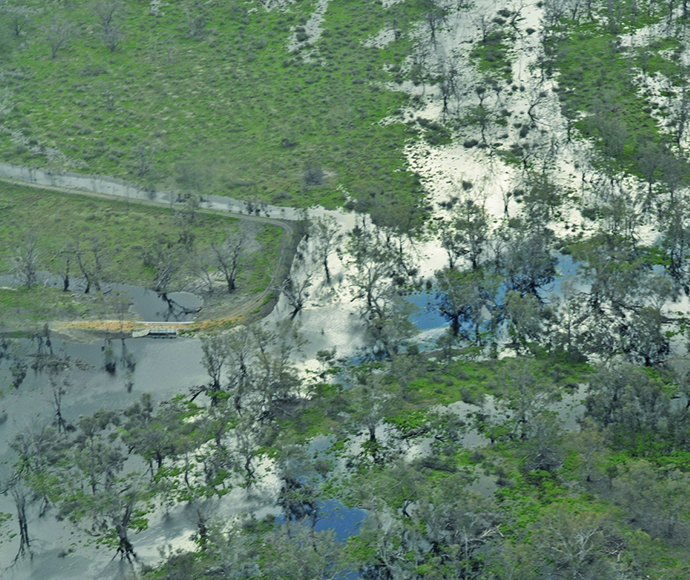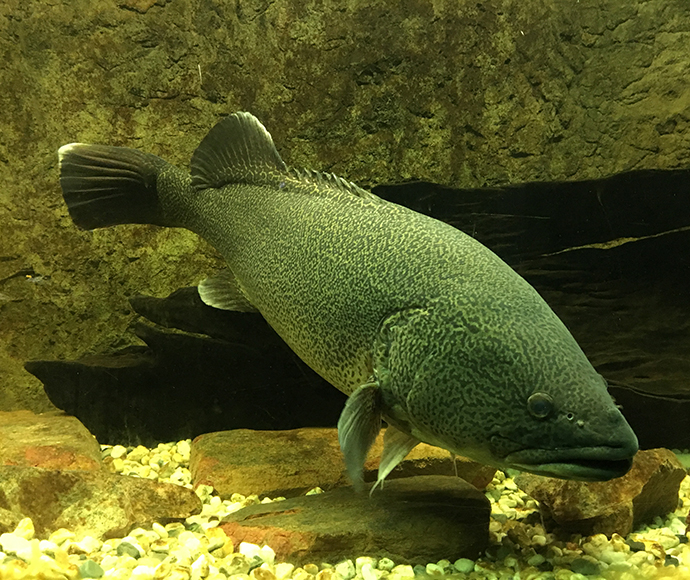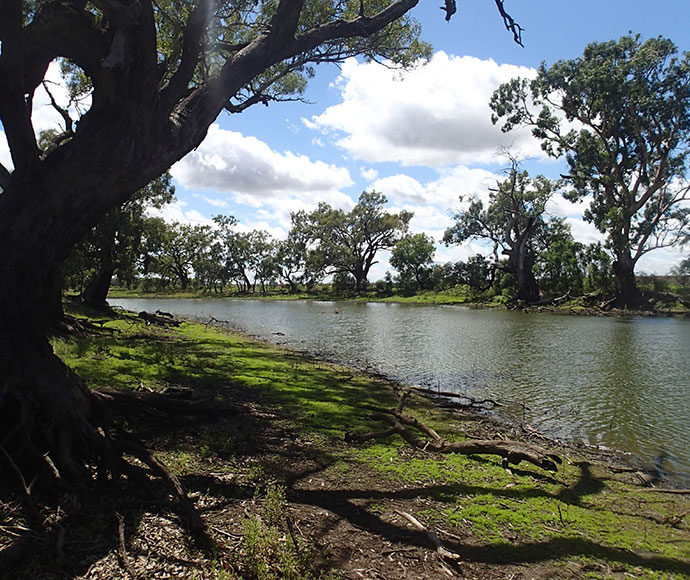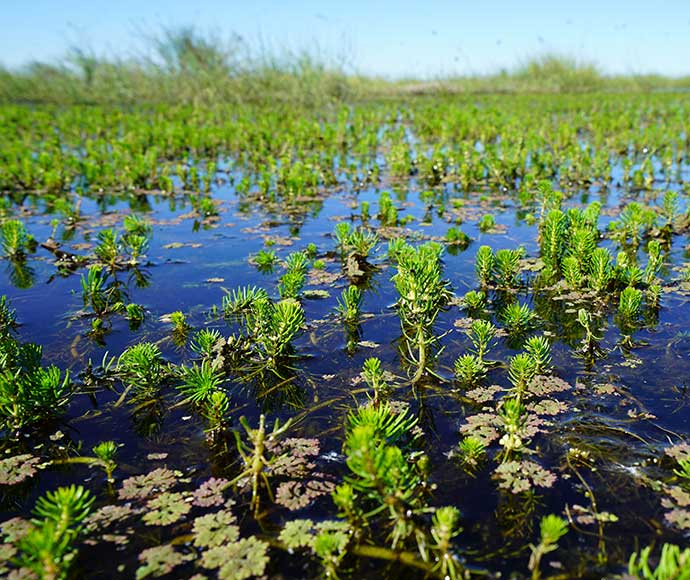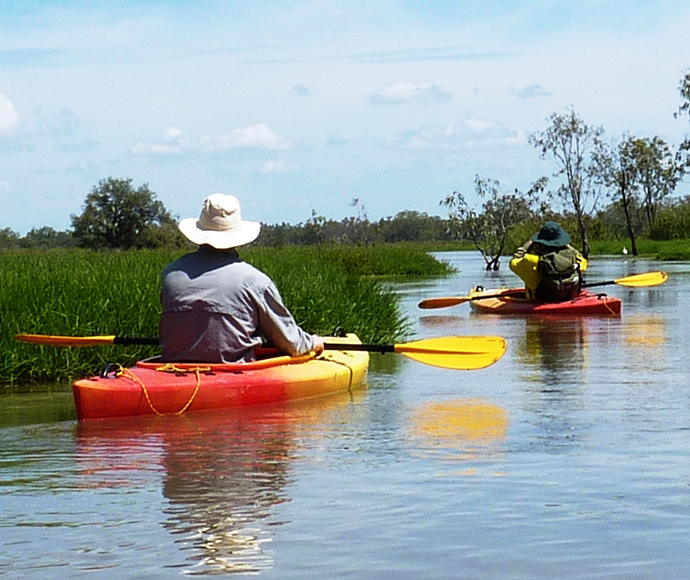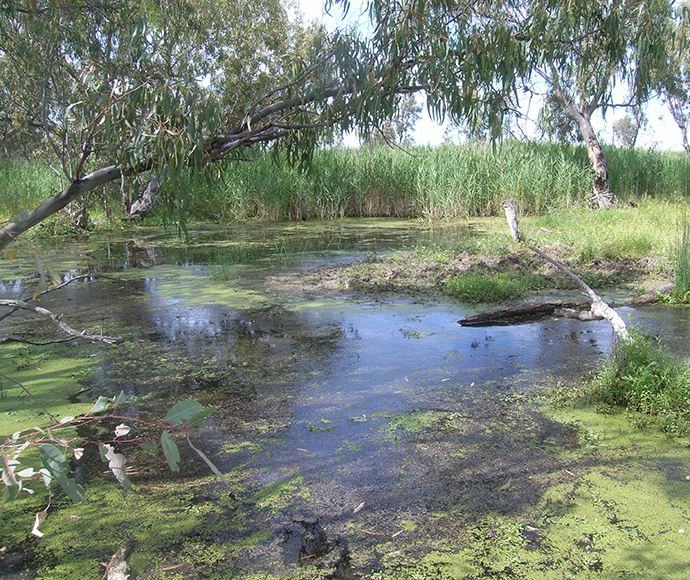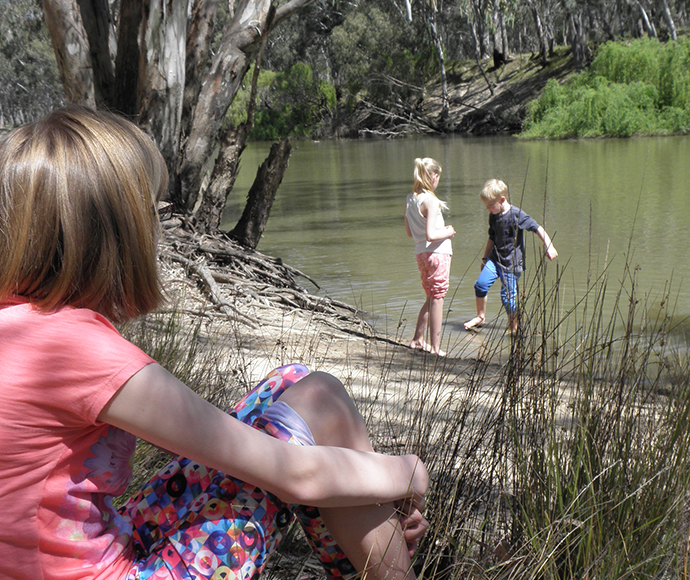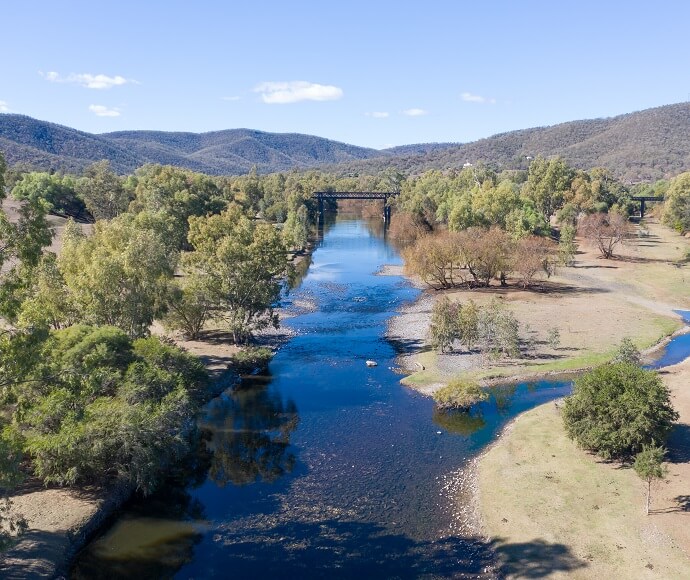Water that is allocated and managed specifically to improve the health of rivers, wetlands and floodplains is known as water for the environment.
Government initiatives help ensure that available water resources are shared appropriately in the face of climate variability and increasing water demand.
Healthy rivers and wetlands are the lifeblood of New South Wales. They are essential for the delivery of economic, social and environmental outcomes that impact us all.
The planning and delivery of water for the environment involves a range of supporting activities including scientific monitoring, evaluation and water trading.
Every year, water in our rivers and dams is bought and sold to meet the needs of towns, farms, industries and the environment.
We work closely with the community to deliver water for the environment to priority sites across the state.
We are responsible for the delivery of all water for the environment in NSW. This includes water held by the Commonwealth Environmental Water Office.
Explore our education resources, fact sheets and videos and learn about water for the environment and how this water is managed and used.
View total water use in your local catchment
